SAF may be the solution to CONTRAILS
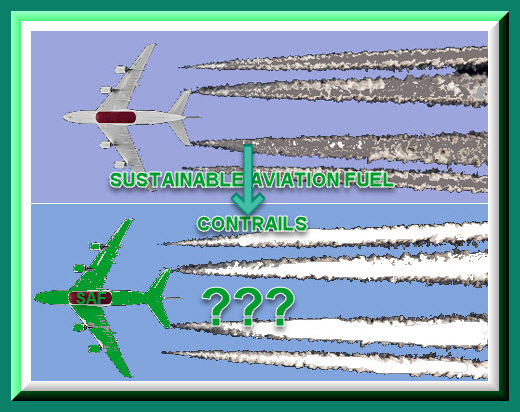
Contrails do not evaporate; the emissions within the ice crystals have been identified as a source of global warming. A recent study, research in which OEMs, an alternative fuel producer and an aerospace laboratory collaborated, made some positive findings.
A recent IATA study (4/20/2024) thoroughly researched meteorological phenomena called CONTRAILS– visible condensation of water droplets or ice crystals in the atmosphere. They occur in the wake of an aircraft, rocket, or missile under certain conditions. Persistent contrails, formed in ice-supersaturated regions, can transform into cirrus clouds which reflect incoming solar radiation (during the day) as well as trap outgoing heat. On balance, it is understood that they have a warming effect on the climate, with diurnal, seasonal and geographical variations.
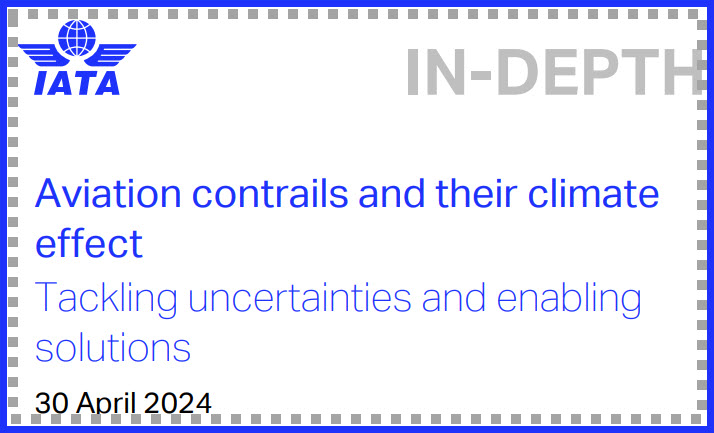
At the end of their 35 page analysis, the airline trade association recommended:
“The aviation community, formed by INDUSTRY (AIRLINES, MANUFACTURERS, AIR NAVIGATION PROVIDERS), GOVERNMENTS, UNIVERSITIES, AND RESEARCH INSTITUTIONS are actively researching ways to minimize the warming impacts of contrails. THIS REPORT ADDRESSES THE URGENT NEED TO FURTHER UNDERSTAND AND MITIGATE THE FORMATION OF PERSISTENT WARMING CONTRAILS.
Strengthening the synergy between research, technological innovation and enabling policy frameworks will be crucial in reducing aviation’s climate footprint effectively.
…
RECOMMENDATIONS
…
. Actions now include:
…
‒ continuing scientific research;
Soon after the IATA study was released, a preliminary answer to tactics to reduce or even eliminate Contrails was published. It appears, as they proffer, that SUSTAINABLE AVIATION FUEL may “show a SIGNIFICANT REDUCTION IN SOOT PARTICLE EMISSIONS and formation of CONTRAIL ICE CRYSTALS compared to using conventional aviation fuel.” Promising news, read on…

++++++++++++++++
Study: SAF Reduces Aircraft Contrails, Soot Particle Emissions
When compared to jet-A-1 fuel, SAF significantly reduces the climate-warming effect of condensation trails, according to the findings.
Updated Jun 7, 2024 11:20 AM EDT
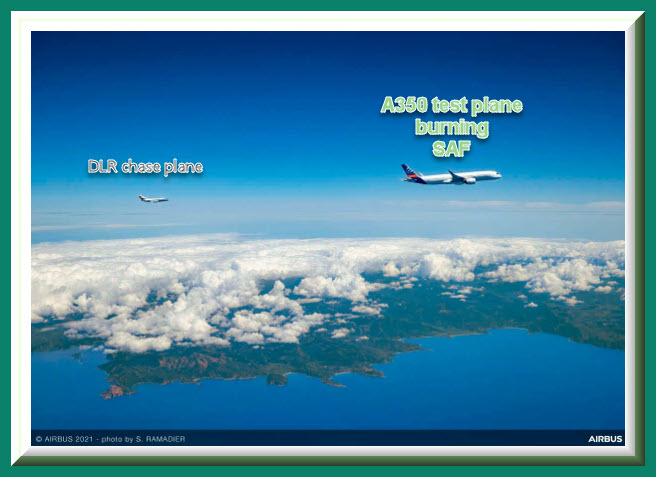
A350 flight test aircraft followed by DLR chase plane during ECLIF3 flight campaign. [Courtesy: Airbus]
The use of 100 percent sustainable aviation fuel (SAF) in commercial airliners MAY REDUCE THE IMPACT OF CONTRAILS IN ADDITION TO REDUCING THE AIRCRAFT’S CARBON FOOTPRINT, according to a new study.
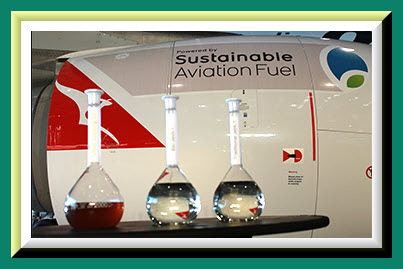
The “EMISSION AND CLIMATE IMPACT OF ALTERNATIVE FUELS,” or ECLIF3 study, was conducted through a collaboration with Airbus, Rolls-Royce, the German Aerospace Center (DLR), and SAF producer Neste.

Recent test flights of an Airbus A350 and DLR Falcon utilizing 100 percent SAF “show a SIGNIFICANT REDUCTION IN SOOT PARTICLE EMISSIONS and formation of CONTRAIL ICE CRYSTALS compared to using conventional aviation fuel,” Neste said.
The study found that when compared to a reference jet–1 fuel, the number of ice crystals per mass of unblended SAF consumed was reduced by 56 percent, which, the company said, could significantly reduce the climate-warming effect of condensation trails—also known as contrails.
“The results from the ECLIF3 flight experiments show how the use of 100 percent SAF can help us to significantly reduce the climate-warming effect of contrails,” said MARKUS FISCHER, DLR divisional board member for aeronautics.
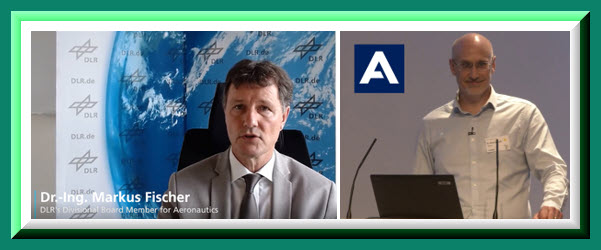
MARK BENTALL, head of research and technology at Airbus, also weighed in on the study.
“This is a very encouraging result, based on science, which shows just how crucial sustainable aviation fuels are for decarbonizing air transport,” Bentall said.
Contrails and Climate
Contrails are formed by supercooled water droplets that immediately freeze around condensation nuclei such as soot from aircraft engines. These contrails become visible in the sky as condensation trails. The ice crystals in condensation trails can persist for several hours in cold, humid conditions at altitudes of about 8 to 12 kilometers (about 26,000 to 39,000 feet), forming high clouds known as condensation trails or cirrus clouds. These clouds can have a local warming or cooling effect, depending on the position of the sun and the nature of the underlying surface.
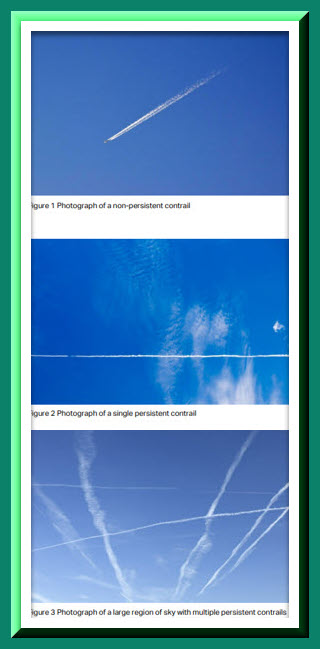
According to Neste, a few contrail hot-spot regions are responsible for a large proportion of the warming effect. Worldwide studies have shown that noncarbon dioxideeffects—including contrails—could account for a significant proportion of aviation’s overall climate impact.
SAF is currently produced mainly from plant-based or waste-based renewable raw materials such as feedstocks, but in the near future could also consist of e-fuels and renewable hydrogen produced with renewable energy. Many of these sustainable aviation fuels are free of compounds referred to as “aromatics.” Fewer aromatics in the fuel means less soot in the emissions and, therefore, fewer ice crystals in the condensation trails.

AUTHOR
Meg Godlewski has been an aviation journalist for more than 24 years and a CFI for more than 20 years. If she is not flying or teaching aviation, she is writing about it. Meg is a founding member of the Pilot Proficiency Center at EAA AirVenture and excels at the application of simulation technology to flatten the learning curve. Follow Meg on Twitter @2Lewski.
++++++++++++++++++++